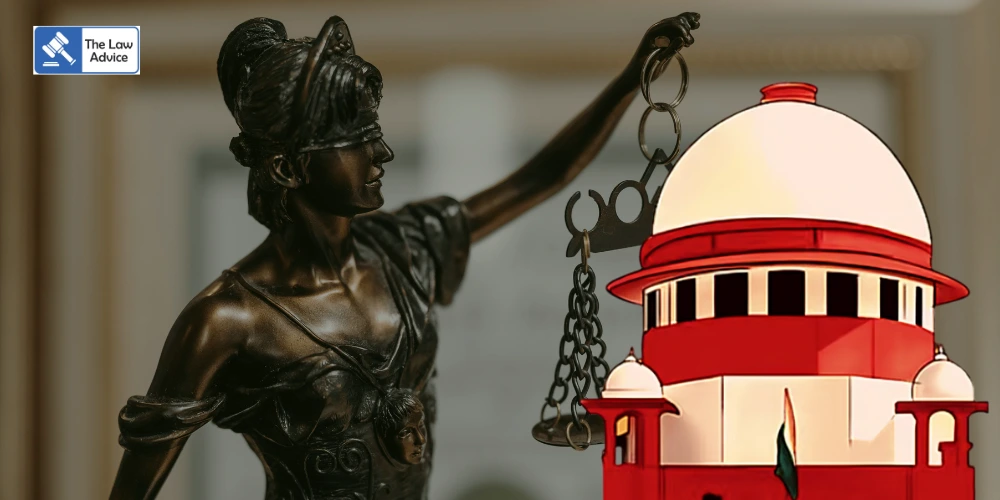
In a significant 2:1 ruling delivered on Tuesday (November 18), the Supreme Court recalled its earlier Vanashakti judgment which had prohibited the Union Government from issuing post-facto Environmental Clearances (ECs). The recall was ordered by a bench led by Chief Justice of India BR Gavai, along with Justices Ujjal Bhuyan and K Vinod Chandran. While the CJI and Justice Chandran formed the majority, Justice Bhuyan dissented, standing by the original verdict he co-authored in May.
The Vanashakti v. Union of India judgment (May 15) by Justices Abhay S. Oka and Ujjal Bhuyan had invalidated post-facto ECs and struck down the Office Memoranda and notifications allowing such clearances for mining and other projects. The present bench considered review and recall applications by multiple parties affected by the earlier ruling.
Delivering the lead opinion, CJI Gavai noted that the May judgment overlooked binding coordinate bench precedents such as Alembic Pharmaceuticals (2020), D Swamy v. Karnataka State Pollution Control Board, Electrosteel Steels Ltd (2021) and Pahwa Plastics (2023). These decisions, while cautioning against routine post-facto clearances, had permitted them in exceptional situations, often by imposing penalties.
The CJI held that the Vanashakti ruling was per incuriam for failing to consider these earlier judgments. He emphasised that the 2017 and 2021 Office Memoranda permitted post-facto ECs only for activities legally allowed, and setting them aside would force demolition of large completed or nearly completed projects.
Gavai reasoned that this would create an absurd cycle—demolishing legally permissible structures only for project proponents to apply again for a fresh EC and then reconstruct the same project—causing greater environmental harm, wastage of public funds, and no real regulatory benefit.
The CJI added that the Vanashakti judgment created unjustified disparity by protecting already-issued post-facto ECs while barring all pending applications, disadvantaging projects delayed due to court-imposed interim orders.
Warning of “serious consequences,” Gavai said continuing the earlier judgment would lead to demolition of public projects worth thousands of crores, funded by taxpayer money. He therefore directed the matter to be placed before an appropriate bench after recalling the May verdict.
Justice Bhuyan firmly disagreed. He maintained that the recall request had no merit, reiterating that post-facto clearances violate statutory mandates requiring prior EC for certain categories of projects. He argued that the decisions in Common Cause (2018) and Alembic (2020) clearly held post-facto EC as impermissible, and later judgments such as D Swamy deviated from settled law, making them per incuriam.
He rejected arguments that demolition would increase pollution, stating that violators cannot rely on the consequences of their own illegal construction to justify relaxation of statutory requirements. Justice Bhuyan emphasised that the Environment Ministry itself had not sought review, effectively accepting Vanashakti.
He concluded that no ground for recall was established and the review petitions ought to be dismissed.
Justice K Vinod Chandran’s Concurring Opinion
Agreeing with the CJI, Justice Chandran described the recall as “imperative and necessary.” He reasoned that since the Government created the requirement of prior EC under environmental regulations, it inherently holds the power to relax or modify it. He held that exercising this power, especially in public interest, was neither arbitrary nor unreasonable.
He rejected the argument that post-facto ECs were barred by precedents, noting that judgments like D Swamy had considered earlier cases and were not per incuriam. Chandran invoked Section 21 of the General Clauses Act, which permits modification or relaxation of regulatory conditions when the power to impose them exists.
Justice Chandran noted that the Office Memoranda sought to strike a pragmatic balance between environmental protection and practical realities, and a rigid insistence on demolition would set regulatory compliance “back to zero” with no environmental benefit.
On the Question of Reference to Larger Bench
During the hearing, the CJI remarked that the two-judge bench in Vanashakti should have considered whether to refer the issue to a larger bench, given the contrary holding in D Swamy permitting post-facto clearances in exceptional situations.
In D Swamy, the Supreme Court had cautioned against mechanical rejection of post-facto approvals where halting operations would lead to disproportionate consequences.
Solicitor General Tushar Mehta, representing PSU SAIL, contended that the Vanashakti judgment contained an “error apparent on the face of the record” as it failed to consider D Swamy, which upheld the 2017 Office Memorandum.
ASG Aishwarya Bhati highlighted that numerous high-value infrastructure projects had been stalled due to the judgment.
Senior Advocates Kapil Sibal, Mukul Rohatgi, and others supported the recall, arguing that the earlier ruling ignored legal precedents and caused heavy economic loss.
Opposing the recall, Senior Advocate Gopal Sankarnarayanan argued that Alembic (2020) unequivocally invalidated post-facto environmental clearances, and Vanashakti merely applied that ratio to halt illegal regularisation through executive circulars. He maintained that allowing post-facto approvals would perpetuate statutory violations.
Senior Advocates Sanjay Parikh, Anand Grover, Anita Shenoy, and Raju Ramachandran also objected to the review, asserting that environmental compliance cannot be retrofitted after damage already occurs.
Case Details
CONFEDERATION OF REAL ESTATE DEVELOPERS OF INDIA (CREDAI) v. Vanashakti | Diary No. 41929/2025
Vanashakti v. Union of India | Diary No. 32452/2025
Website designed, developed and maintained by webexy